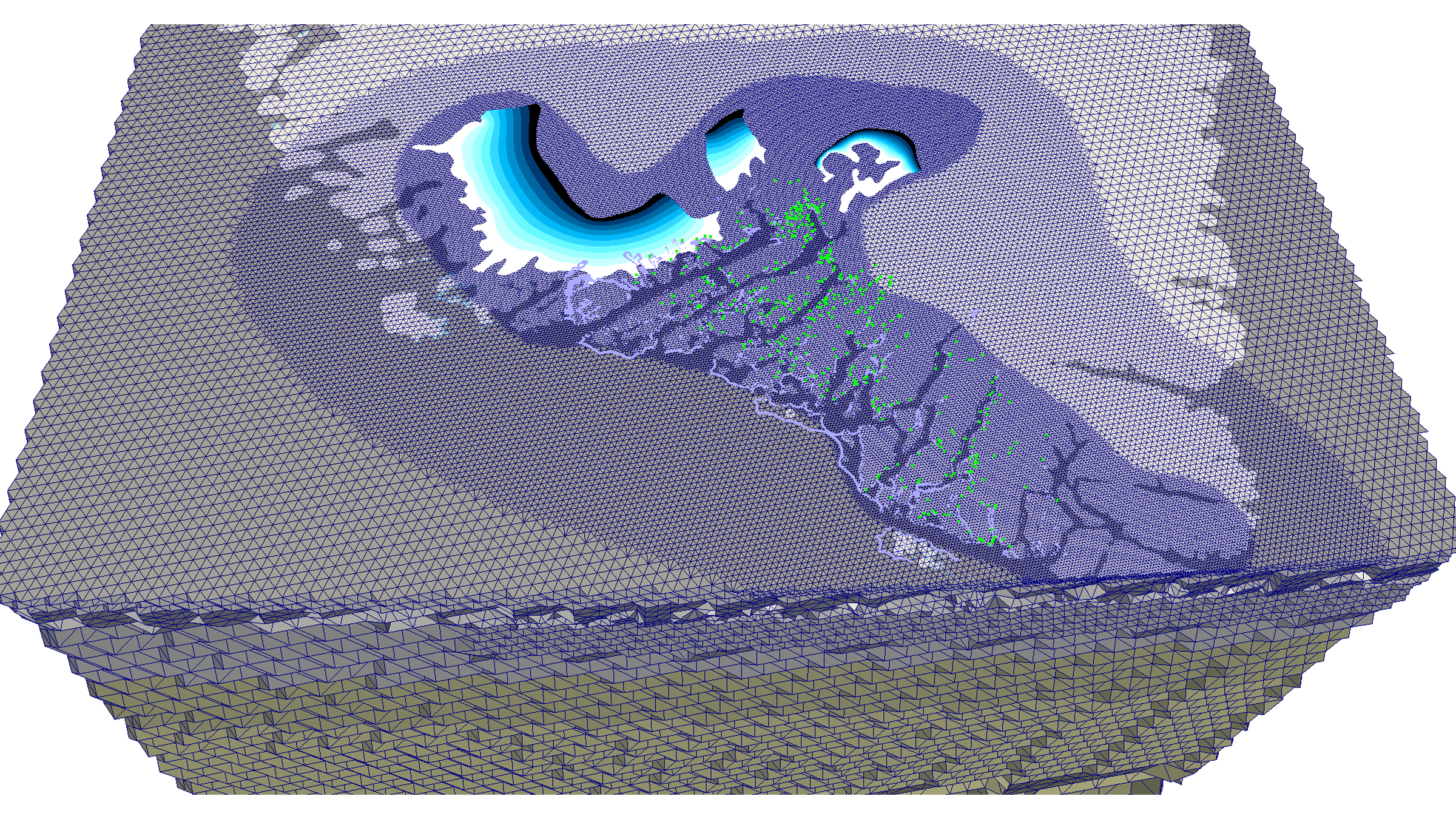Epic 11-foot-tall sea level rise drove Vikings out of Greenland
Not even the mighty Vikings could stand against climate change.

The Vikings are remembered as fierce fighters, but even these mighty warriors were no match for climate change. Scientists recently found that ice sheet growth and sea level rise led to massive coastal flooding that inundated Norse farms and ultimately drove the Vikings out of Greenland in the 15th century.
The Vikings first established a foothold in southern Greenland around A.D. 985 with the arrival of Erik Thorvaldsson, also known as "Erik the Red," a Norwegian-born explorer who sailed to Greenland after being exiled from Iceland. Other Viking settlers soon followed, forming communities in Eystribyggð (Eastern Settlement) and Vestribyggð (Western Settlement) that thrived for centuries. (At the time of the Vikings' arrival, Greenland was already inhabited by people of the Dorset Culture, an Indigenous group that preceded the arrival of the Inuit people in the Arctic, according to the University of California Riverside).
Around the 15th century, signs of Norse habitation in the region vanished from the archaeological record. Researchers previously suggested that factors such as climate change and economic shifts likely led the Vikings to abandon Greenland. Now, new findings show that rising seas played a key role, by submerging miles of coastline, according a new study published April 17 in the journal Proceedings of the National Academy of Sciences.
Related: 1,100-year-old 'ceremonial' Viking shields were actually used in battle, study suggests
Between the 14th and 19th centuries, Europe and North America experienced a period of significantly cooler temperatures, known as the Little Ice Age. Under these chilly conditions, the Greenland Ice Sheet — a vast blanket of ice covering most of Greenland — would have become even bigger, Marisa Julia Borreggine, a doctoral candidate in the Department of Earth and Planetary Sciences at Harvard University, said when she presented data at an American Geophysical Union annual conference in New Orleans in December 2021.
As the ice sheet advanced, its increasing heaviness weighed down the substrate underneath, making coastal areas more prone to flooding, Borreggine said. At the same time, the increased gravitational attraction between the expanding ice sheet and large masses of sea ice pushed more seawater over Greenland's coast. These two processes could have driven widespread flooding along the coastline — "exactly where the Vikings were settled," Borreggine said.
The scientists tested their hypothesis by modeling estimated ice growth in southwestern Greenland over the 400-year period of Norse occupation and adding those calculations to a model showing sea level rise during that time. Then, they analyzed maps of known Viking sites to see how their findings lined up with archaeological evidence marking the end of a Viking presence in Greenland.
Get the world’s most fascinating discoveries delivered straight to your inbox.
Their models showed that from about 1000 to 1400, rising seas around Greenland would have flooded Viking settlements by as much as 11 feet (3.3 meters), affecting about 78 square miles (204 square kilometers) of coastal land, Borreggine said. This flooding would have submerged land that the Vikings used for farming and as grazing pastures for their cattle, according to the models.
However, sea level rise was probably not the only reason the Vikings left Greenland. Other types of challenges can cause even long-standing communities to collapse, and a perfect storm of external pressures — such as climate change, social unrest and resource depletion — may have spurred the Vikings to abandon their settlements for good, Borreggine said.
"A combination of climate and environmental change, the shifting resource landscape, the flux of supply and demand of exclusive products for the foreign market, and interactions with Inuit in the North all could have contributed to this out-migration," she said. "Likely a combination of these factors led to the Norse migration out of Greenland and further west."
Editor's note: Originally published on Dec. 16, 2021, following a presentation at the annual conference of the American Geophysical Union. Updated on April 19, 2023, following the study's publication in a peer-reviewed journal.

Mindy Weisberger is a science journalist and author of "Rise of the Zombie Bugs: The Surprising Science of Parasitic Mind-Control" (Hopkins Press). She formerly edited for Scholastic and was a channel editor and senior writer for Live Science. She has reported on general science, covering climate change, paleontology, biology and space. Mindy studied film at Columbia University; prior to LS, she produced, wrote and directed media for the American Museum of Natural History in NYC. Her videos about dinosaurs, astrophysics, biodiversity and evolution appear in museums and science centers worldwide, earning awards such as the CINE Golden Eagle and the Communicator Award of Excellence. Her writing has also appeared in Scientific American, The Washington Post, How It Works Magazine and CNN.



